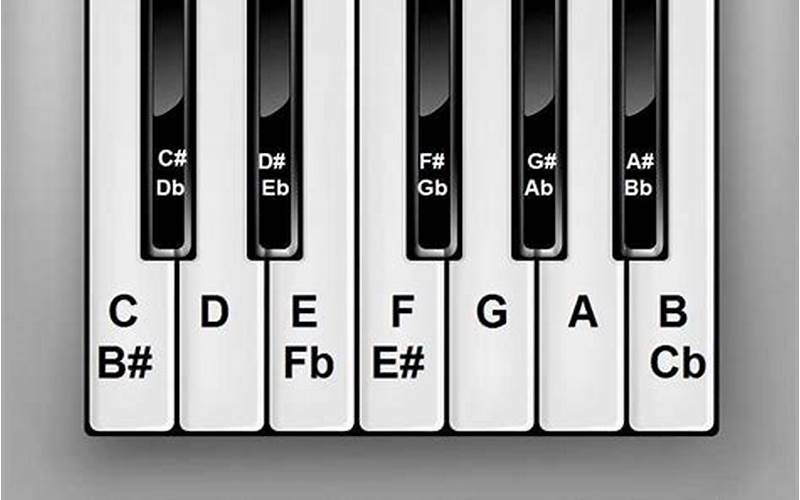Beethoven Fur Elise Piano Sheet Music With Letters
If you've ever taken a piano lesson, chances are you've heard of the famous Beethoven composition "Für Elise." It's an iconic piece that many people aspire to play, but reading traditional sheet music notation can be a challenge for some beginners. Fortunately, there are piano sheet music versions of "Für Elise" that include letters, making it easier for anyone to learn. 



What is "Für Elise"?
Why Use Letter Notation?
How to Read "Für Elise" Piano Sheet Music with Letters
- The letter "C" represents the white key to the left of a group of two black keys.
- The letter "D" represents the white key to the right of a group of two black keys.
- The letter "E" represents the white key to the right of the "D" key.
- The letter "F" represents the white key to the right of the "E" key.
- The letter "G" represents the white key to the right of the "F" key.
- The letter "A" represents the white key to the right of the "G" key.
- The letter "B" represents the white key to the right of the "A" key.
- Lowercase letters represent black keys. For example, "c" represents the white key to the left of a group of three black keys, also known as C#.







